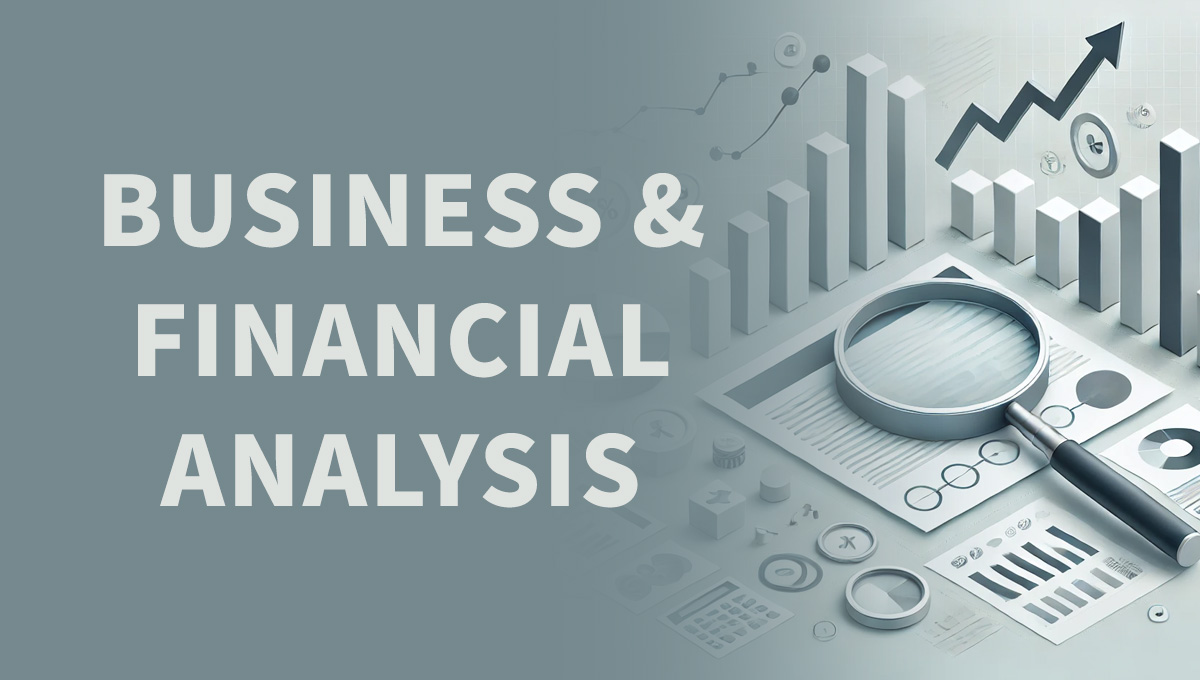Effective industry analysis is essential for businesses looking to thrive in competitive markets. By understanding the techniques, trends, and insights that drive sectors, organizations can make informed strategic decisions.
Understanding Industry Analysis
To kick off our exploration, it’s vital to define what industry analysis entails. This process examines a specific industry to identify various factors that can influence business performance, including market trends, competitive dynamics, and economic conditions.
Importance of Industry Analysis: Engaging in thorough industry analysis empowers businesses to:
- Make informed strategic choices
- Identify growth opportunities
- Mitigate risks and avoid potential pitfalls
- Understand customer needs and preferences
- Enhance competitive positioning
- Forecast industry trends and shifts
By analyzing industries, organizations can align their objectives with market realities, ensuring they remain competitive and responsive to changing conditions.
Techniques for Conducting Industry Analysis
Various techniques can be employed to achieve a comprehensive industry analysis. Below are some of the most effective methods:
1. SWOT Analysis
SWOT analysis evaluates a company’s Strengths, Weaknesses, Opportunities, and Threats. By mapping out internal and external factors, businesses can:
- Leverage strengths to capitalize on opportunities
- Identify weaknesses to enhance operational efficiency
- Recognize threats and develop strategies to mitigate them
- Assess the competitive landscape and adjust positioning as needed
This analysis not only highlights current standings but also helps in strategic planning for the future.
2. Porter’s Five Forces
Michael Porter developed this framework to analyze the competitive forces within an industry. The five forces include:
- Threat of new entrants: How easy is it for new businesses to enter the industry?
- Bargaining power of suppliers: Do suppliers have control over prices?
- Bargaining power of buyers: Can buyers influence pricing and quality?
- Threat of substitute products: Are there alternative products that customers might choose?
- Industry rivalry: How intense is the competition among existing players?
Understanding these forces enables businesses to develop competitive strategies and ultimately positions them better within the market landscape. Effective navigation of these forces can lead to sustainable competitive advantages.
3. PESTEL Analysis
PESTEL analysis examines external factors affecting industries, focusing on:
- Political: How government policies affect your industry
- Economic: Economic factors like inflation, unemployment, and interest rates
- Social: Demographic changes and social trends
- Technological: Advancements that impact industry operations
- Environmental: Ecological and environmental aspects
- Legal: Laws and regulations affecting the industry
By analyzing these areas, companies can foresee changes that might impact their operations and adjust their strategies accordingly. Monitoring these factors fosters proactive decision-making rather than reactive adjustments.
4. Value Chain Analysis
Value chain analysis looks at the activities a business performs to deliver its product or service, identifying sources of competitive advantage through cost or differentiation. Key components to evaluate include:
By understanding each segment, businesses can streamline operations and enhance profitability. Knowing where to improve efficiency contributes to reducing costs or enhancing customer value.
Current Trends Impacting Industries
Being aware of ongoing trends is crucial for industry analysis. Below are some prominent trends that currently shape various sectors:
1. Digital Transformation
The integration of digital technologies into business processes has far-reaching impacts. Organizations must adapt to:
- Embrace automation and data analytics
- Enhance online customer engagement
- Implement e-commerce strategies
- Leverage social media for brand building
Failing to adopt digital strategies can result in falling behind competitors. Additionally, businesses should explore technologies like artificial intelligence (AI) and machine learning to gain insights from data, ultimately driving better decision-making.
2. Sustainability and Corporate Responsibility
More consumers prioritize eco-friendly and socially responsible companies. Businesses should:
- Incorporate sustainable practices in operations
- Engage in community initiatives
- Transparently report on sustainability goals
- Adopt circular economy approaches to minimize waste
This focus can create brand loyalty among socially-conscious customers, enhancing market reputation while positioning the company favorably among competitors.
3. Remote Work and Workforce Changes
The rise of remote work has influenced several sectors. Companies should consider:
- Flexible work policies to attract top talent
- Investments in collaboration tools to facilitate communication
- Focus on employee mental health and well-being
- Redefining performance metrics to align with remote work
Adapting to workforce changes is essential for maintaining productivity and employee satisfaction, contributing to overall business effectiveness.
4. Globalization and Market Expansion
As businesses seek growth, globalization remains a significant trend. Companies are exploring:
- Entering emerging markets
- Developing global supply chains
- Utilizing international partnerships to enhance reach
- Adapting products and services to fit local customs and needs
Understanding global market dynamics is crucial for navigating risks and seizing opportunities, enabling businesses to adapt strategies rapidly in changing environments.
Actionable Insights for Effective Industry Analysis
Now that we’ve discussed the techniques and trends, let’s look at how you can apply these concepts in practice:
- Invest in Tools and Resources: Utilize data analytics platforms and market research reports to gain insights into your industry.
- Engage with Experts: Consider hiring consultants or industry experts to gain deeper insights and perspectives.
- Regularly Update Analyses: Industries change rapidly, so make it a habit to revisit your analyses periodically to ensure relevance.
- Involve Cross-functional Teams: Collaborate across departments to gather a well-rounded perspective on industry dynamics.
- Foster a Culture of Learning: Encourage ongoing education and training for staff to understand evolving market conditions.
By taking these actions, organizations can stay ahead of the curve and make smart, informed decisions.
As you embark on your industry analysis journey, remember that it’s not just about gathering data; it’s about translating that information into actionable strategies that drive business success. Establish a culture of continuous improvement by encouraging your team to ask questions and stay curious about the ever-evolving industry landscape. This proactive stance will empower your organization to navigate challenges effectively and capitalize on emerging opportunities.







![Top 1200 UK Companies [FTSE All-Share + FTSE AIM All-Share] – Excel Download](http://store.disfold.com/wp-content/uploads/sites/11/2024/05/top-1200-uk-companies-ftseallshare-aimallshare-small.jpg)
![Top 500 Australian Companies [All Ordinaries] – Excel Download](http://store.disfold.com/wp-content/uploads/sites/11/2021/04/top-500-australian-companies-allordinaries-small.jpg)